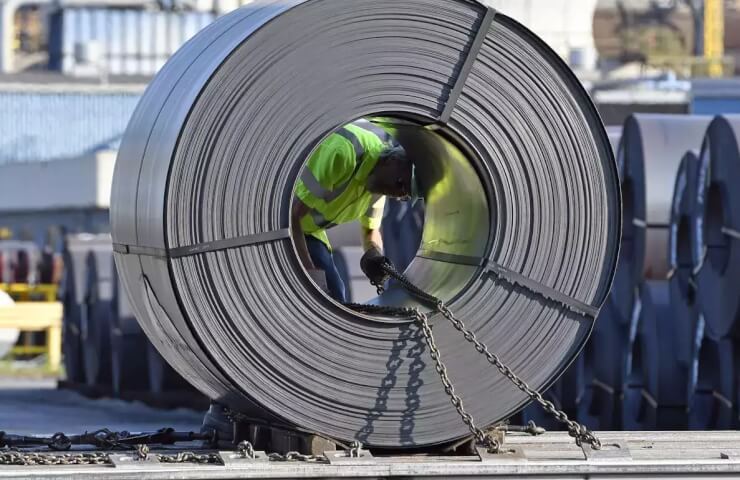Global demand for steel in 2023 will increase by 2.3% and amount to 1.822 billion tons, predicts the World Steel Association (Worldsteel). In 2024, according to the association's expectations, the demand for steel will increase by another 1.7%, to 1.854 billion tons.
Commenting on the outlook, Mr. Maxim Vedoya, CEO of Ternium and head of the Worldsteel economic committee, said:
“In 2022, the pace of recovery from the shock caused by the pandemic was complicated by high inflation and rising interest rates, Russia’s invasion of Ukraine, and lockdown in China. As a result, in the last quarter of 2022, the activity of sectors using steel decreased. This, combined with the effect of stock adjustments, resulted in a larger-than-expected contraction in steel demand.”
Persistent inflation and high interest rates in most countries will limit the recovery in steel demand in 2023, despite such positive factors as the lifting of restrictions by China, the resilience of Europe in the face of the energy crisis and the solution of logistical issues. In 2024, demand growth will be driven by regions outside of China, but will face a global slowdown due to the expected stagnation of the PRC economy.
"Sustained inflation remains a risk to lower demand and will potentially support high base rates," - According to Worldsteel materials.
Demand for steel in the EU and the UK in 2023, according to forecasts of the association, will amount to 151.3 million tons, which is 0.4% lower than in 2022, in 2024 it will grow by 5.6% to 159.8 million tons.
Demand in USMCA countries (USA, Mexico, Canada) is expected to increase by 1.6% this year to 135 million tons , in 2024 - by another 2.3%, to 138.1 million tons.
In the Middle East, steel consumption will grow by 2.2% in 2023, to 52.4 million tons, in 2024 - by 3.2%, to 54.1 million tons.
According to the forecast of the association, the total demand for steel in the Russian Federation, the CIS countries and Ukraine this year will fall by 3.5% - to 51 .5 million tons. In 2024, steel consumption in the region is expected to decrease by 4.3% to 49.3 million tons.
It is noted that the Russian economy avoided a large-scale crisis in 2022, and demand for steel declined less than than expected. In 2022, it was supported by pipeline projects and construction. On the other hand, production reliant on imported parts has declined significantly.
Growth in the construction sector is expected to slow down in 2023-24, and steel demand in Russia is expected to accelerate in 2024. In the coming years, the Russian economy will face serious problems due to Western sanctions, as well as labor drain due to immigration and military mobilization, the Worldsteel review states.
“The continuation of the hot phase of the war beyond expectations is delaying the expected recovery in Ukraine. Steel demand in Ukraine is 40% of pre-war levels, and recovery to pre-war levels is likely to take a significant amount of time,” the forecast says.





